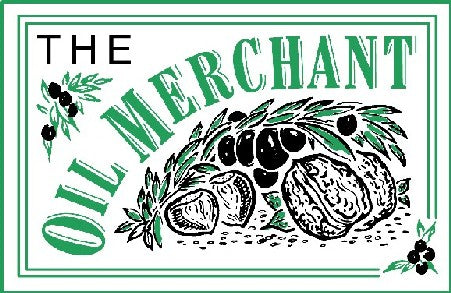
Soil: The World at Our Feet at Somerset House
Yesterday, Katie and Sophie visited Somerset House's exhibition 'Soil: The World at Our Feet.'
Somerset House’s Soil exhibition digs deep into the world beneath our feet, revealing that soil isn’t just dirt—it’s a living, breathing ecosystem that sustains life as we know it, from agave plants and urban allotments to olive trees and humanity.
Through imagery, film, and a fusion of science and art, the exhibition explores the microbes living in soil, the processes by which soil is formed and maintained, the life it supports, the communities it nurtures, and personal stories of gardening, farming, and conservation efforts.
Kim Norton’s Soil Library—a collection of ceramic and clay soil samples from around the world—showcases the diversity and complexity of soil as a force that shapes our planet and is, in turn, shaped by human action.
Still, the secrets of this vital resource remain elusive. Soil holds the key to food security, biodiversity, and climate resilience in a world rapidly adapting to the destructive impacts of industry on the natural environment. Despite the exhibition’s thorough and detailed exploration, the wall text upon exit quotes agroecologist Nicole Masters: “We know nothing about soil... Maybe 1% of 1% of 1%.”
Sophie:
My favourite piece was the immersive projection Fly Agaric I, part of a series called ‘Poetics of Soil’ by experiential art collective Marshmallow Laser Feast. Narrated by mycologist Merlin Sheldrake, the film makes visible the intricate functioning of fungi that is unobservable to humans. They grow mostly underground with an expansive mycelial network that can transmit signals between trees. I also enjoyed discovering that the prefix of the word ecology comes the Greek word meaning ‘home’ or ‘household’. 😊
Katie:
What I found most enjoyable about Soil was how it straddled both science and art. This was clear in Diversity of Forms, by photographer Tim Cockerill, which shows detailed images of bacterial colonies isolated by Dr Elze Hesse from both contaminated and uncontaminated soil samples. Seeing these complex and very beautiful structures in such detail, normally only seen and appreciated microbiologists, made them seem almost like planets and gave me a sense of their huge importance to our own planets soil health, despite their microscopic size.
